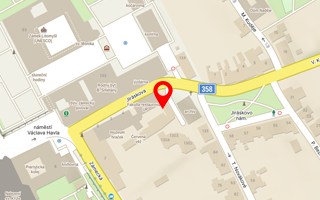Publikace detail
Research into the methods of Cleaning the Silicate Sandstones Used for Historical Monuments
Autoři:
Ďoubal Jakub
Rok: 2014
Druh publikace: článek v odborném periodiku
Název zdroje: Journal of Architectural Conservation
Název nakladatele: Taylor & Francis Ltd.
Místo vydání: Abingdon
Strana od-do: 123-138
